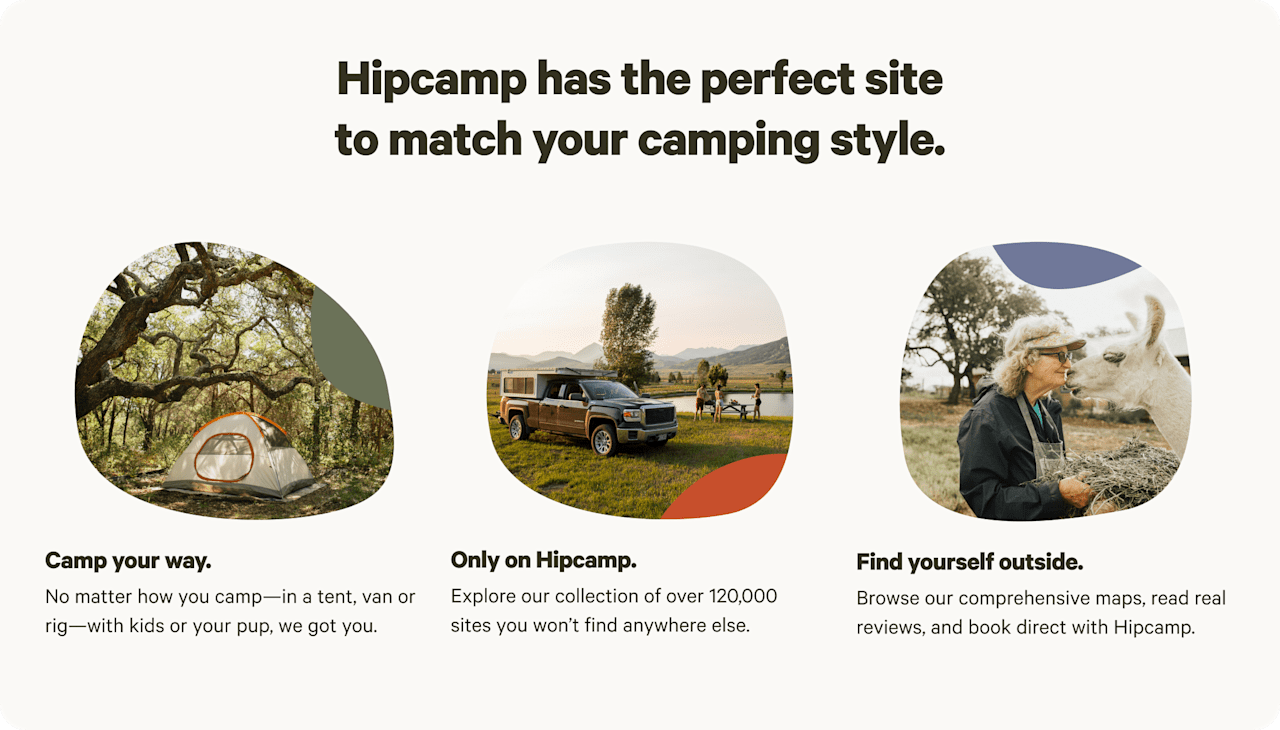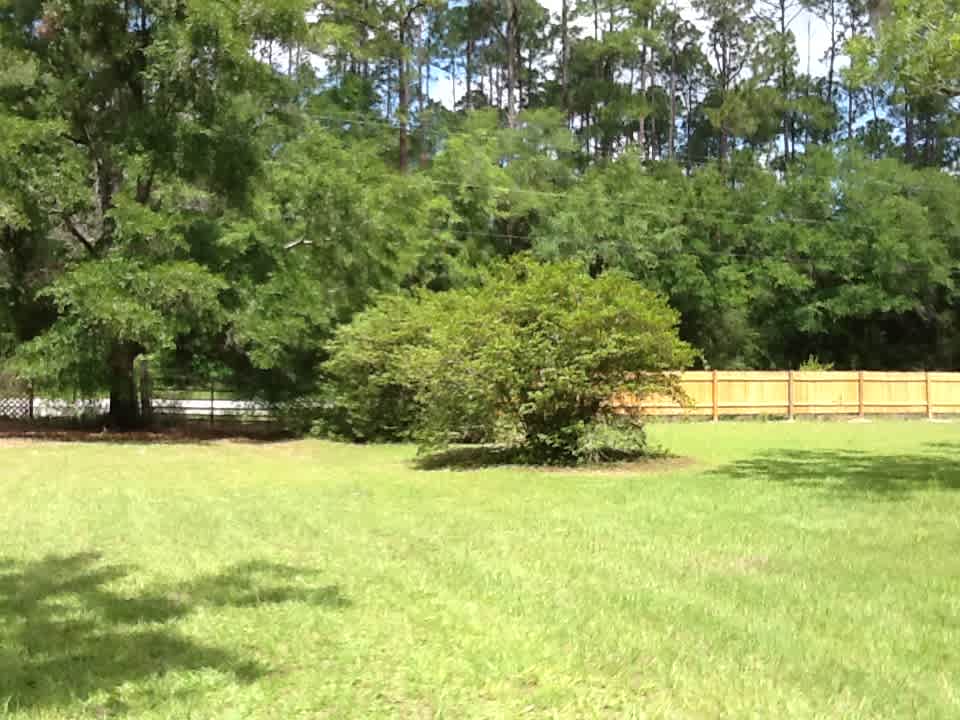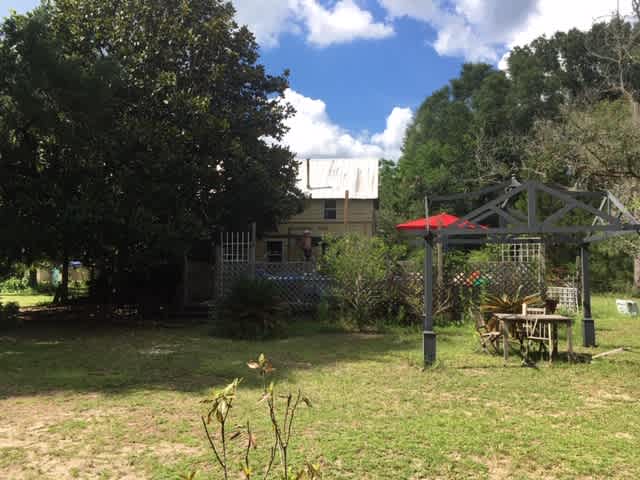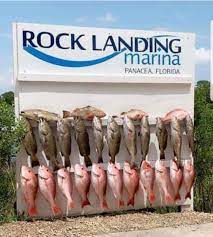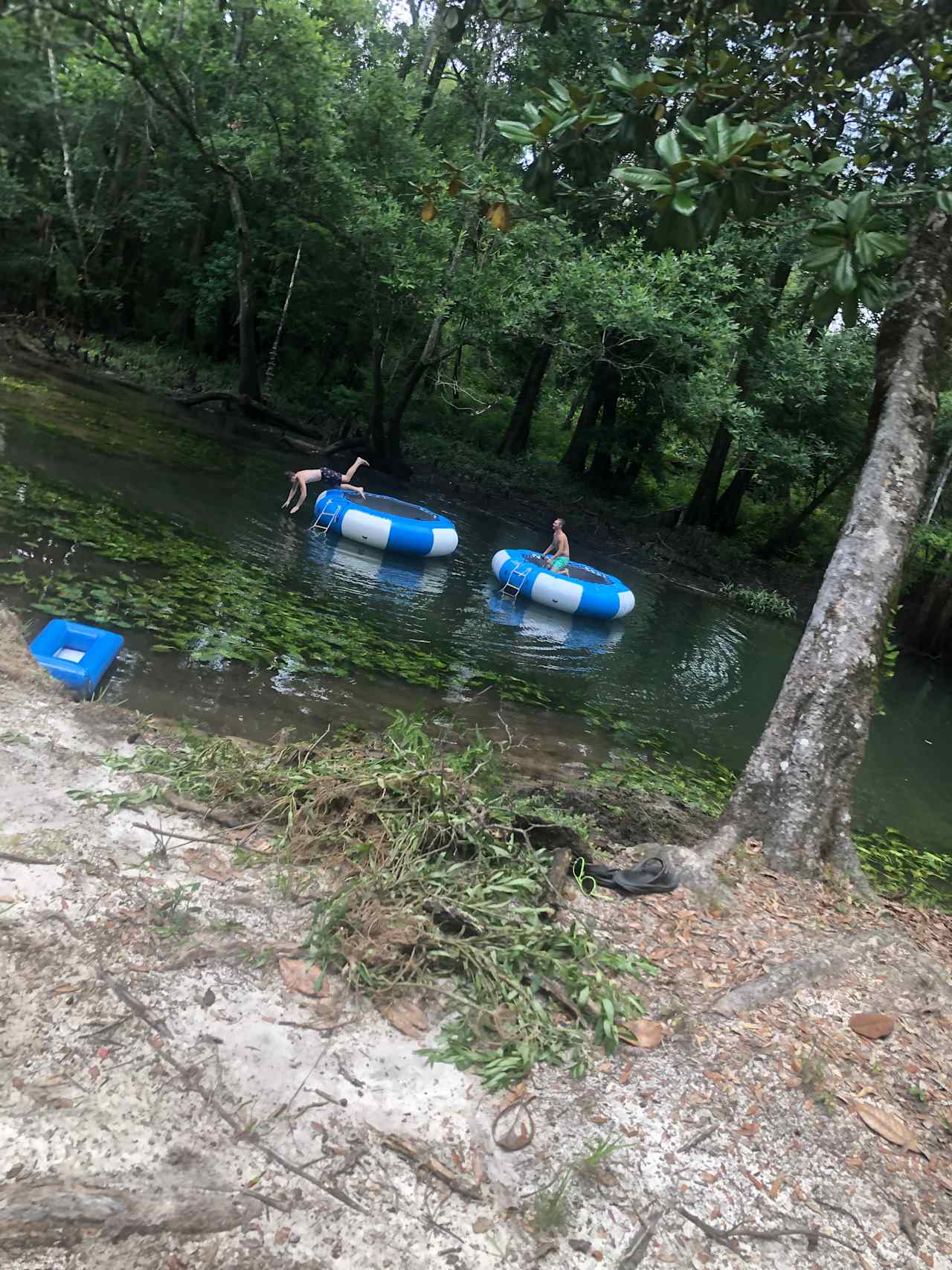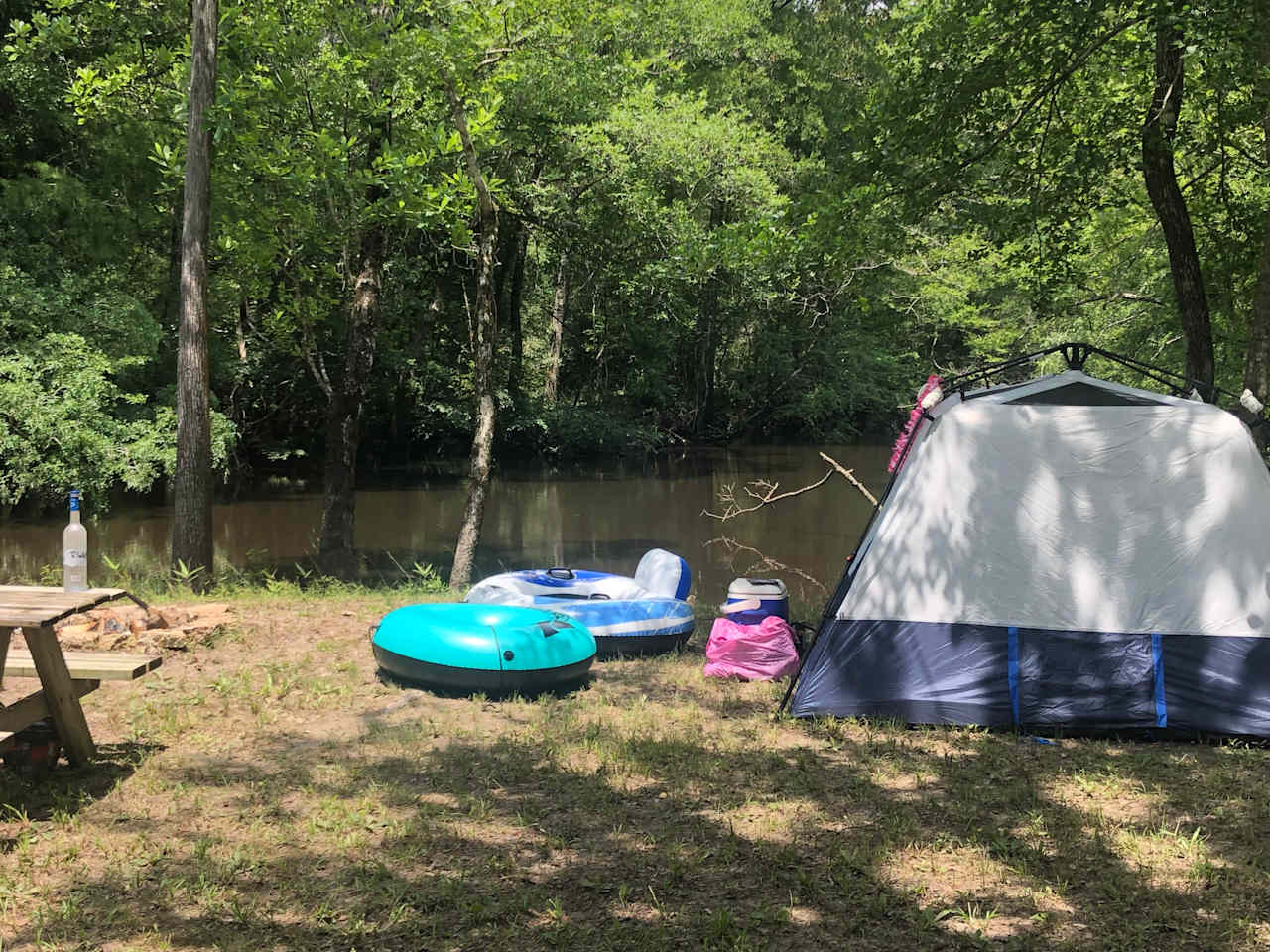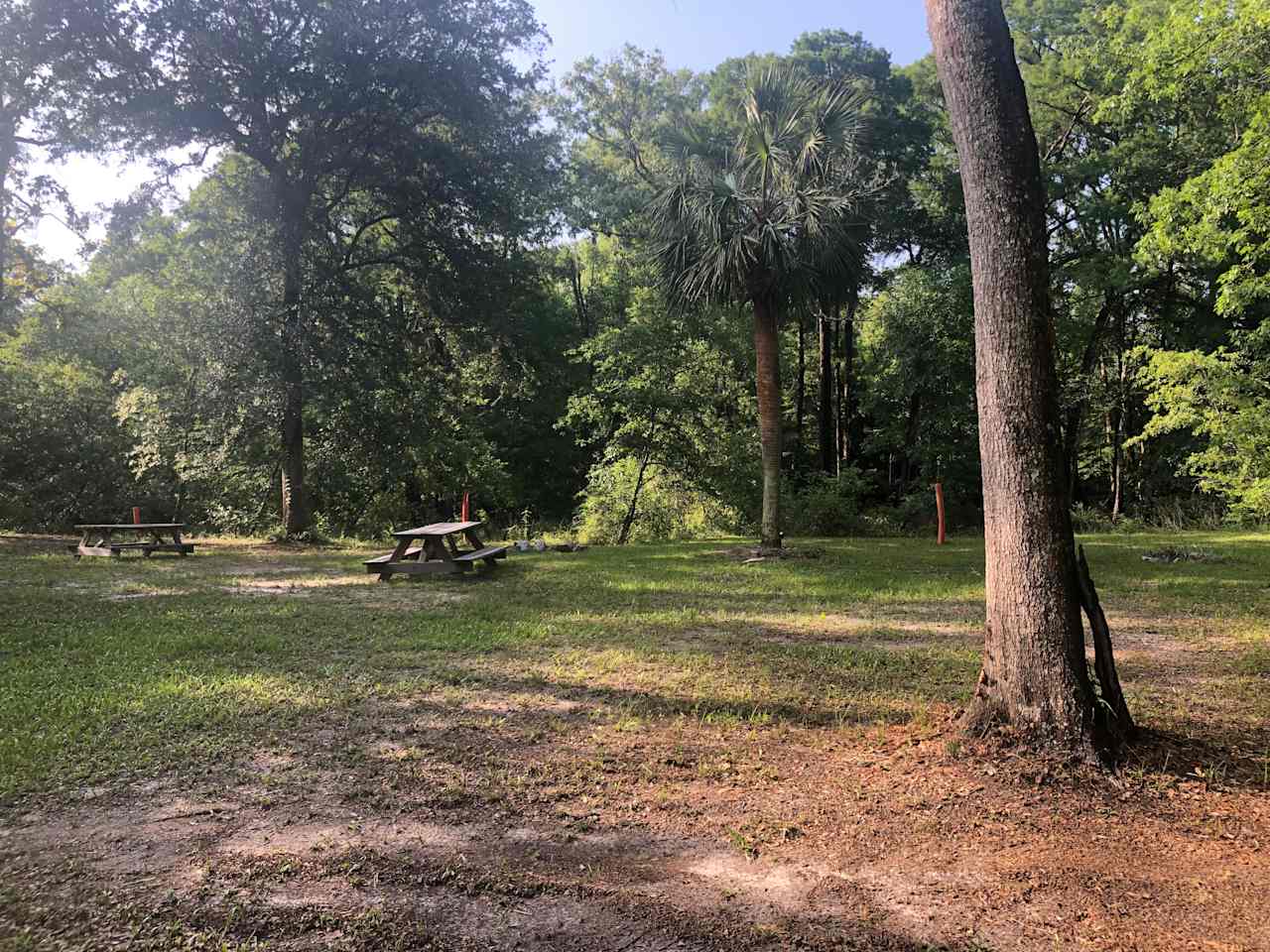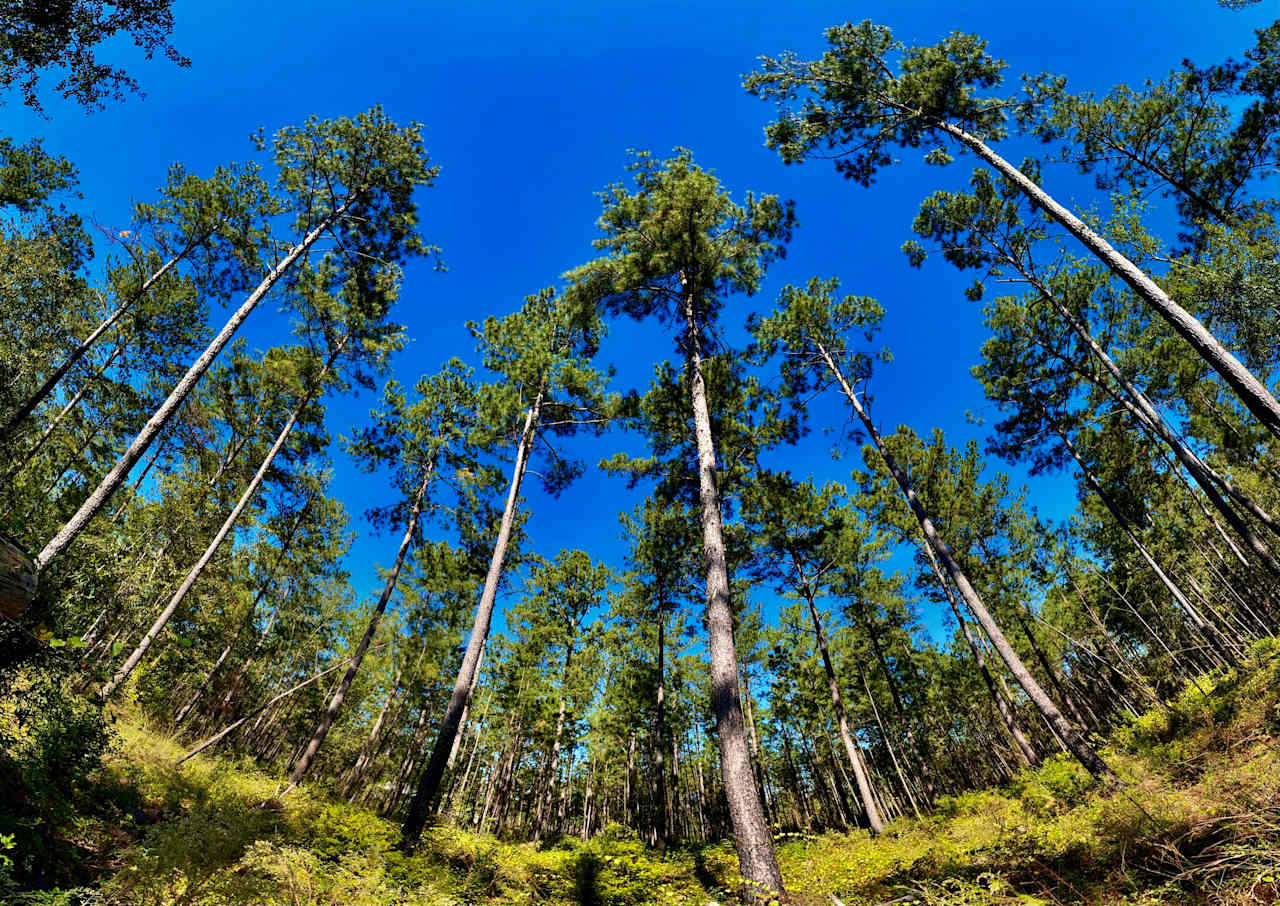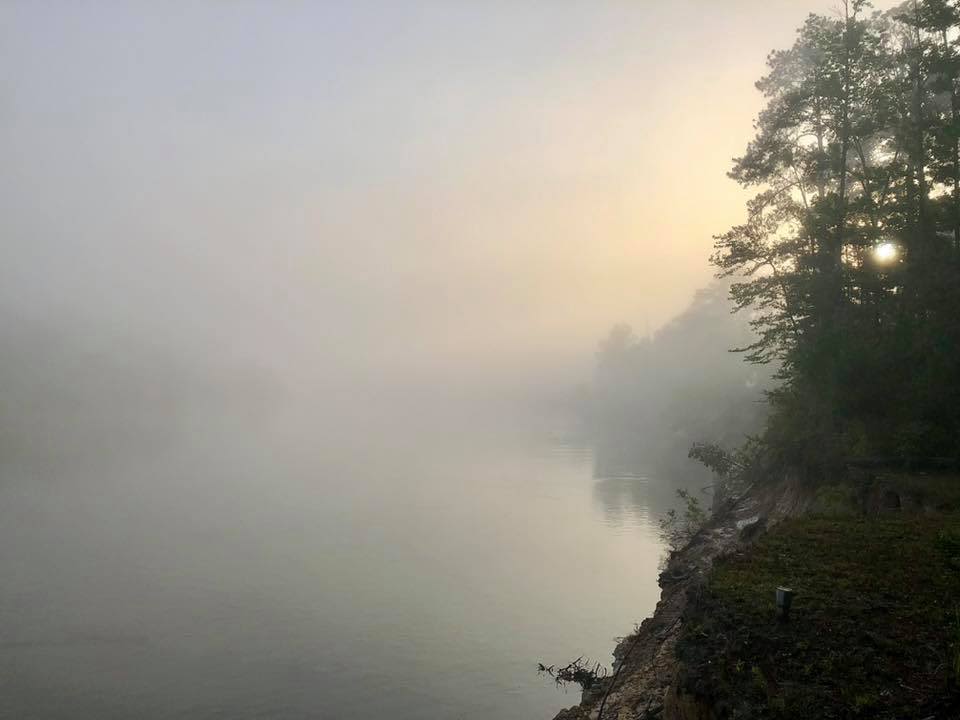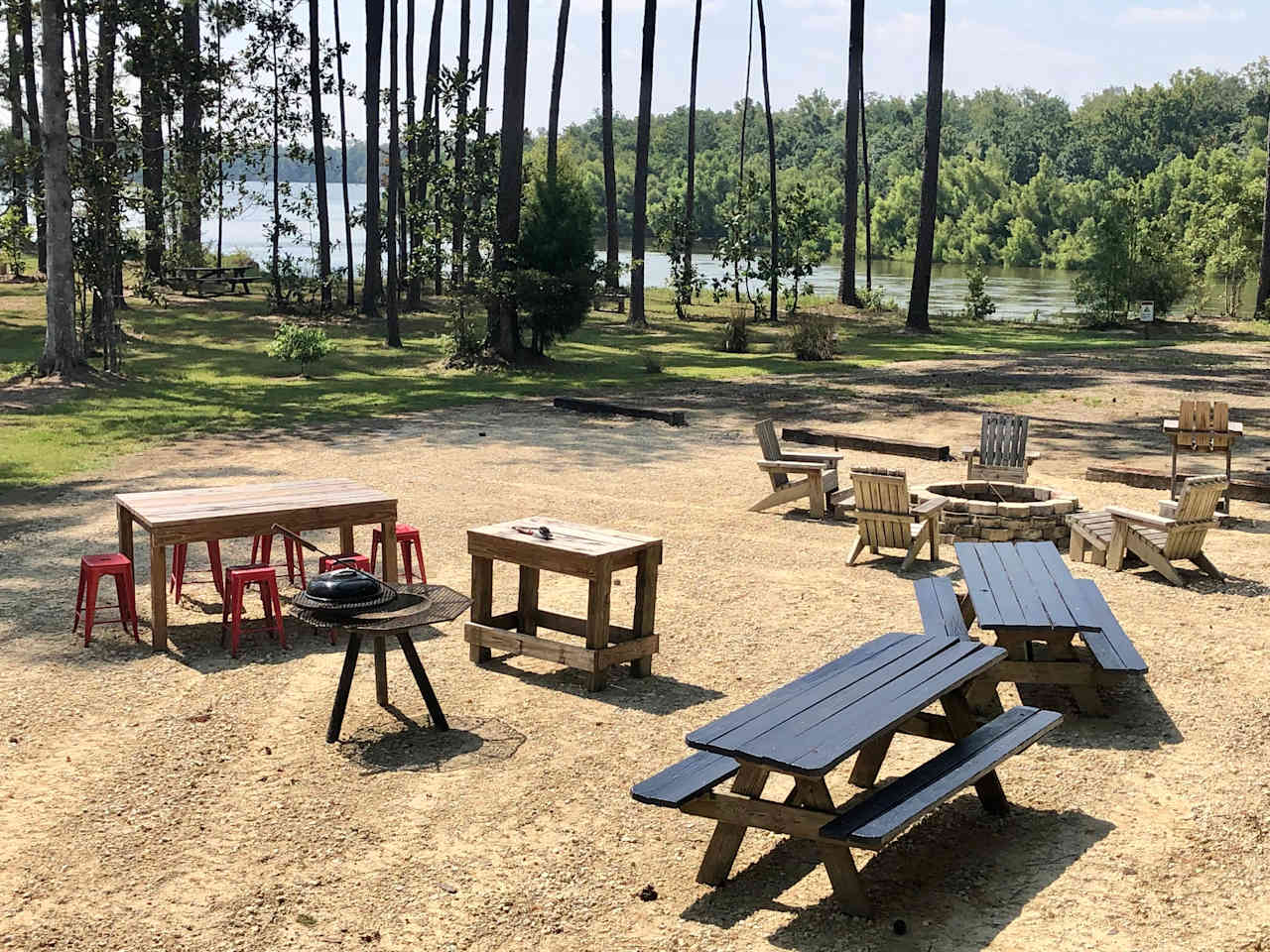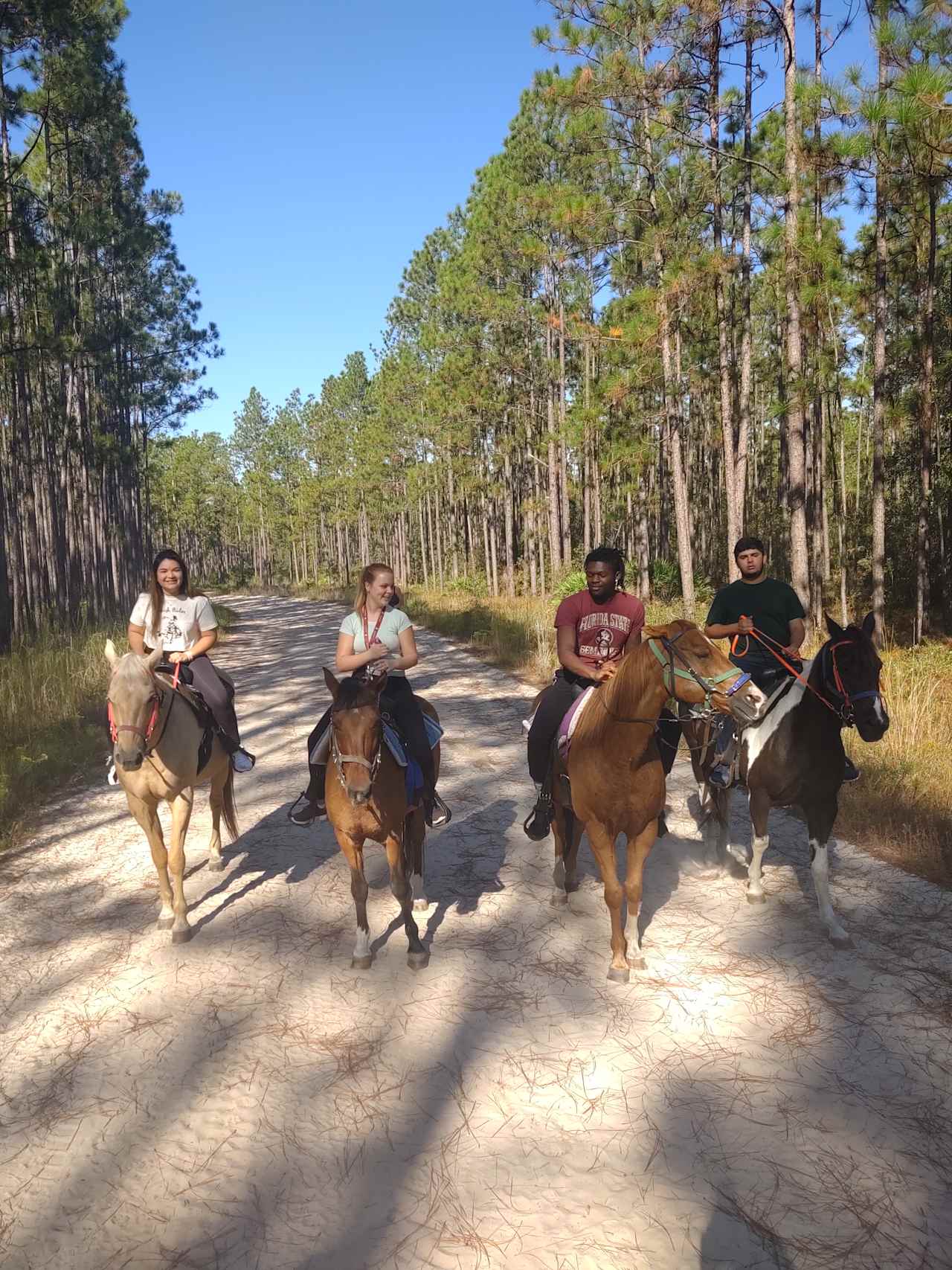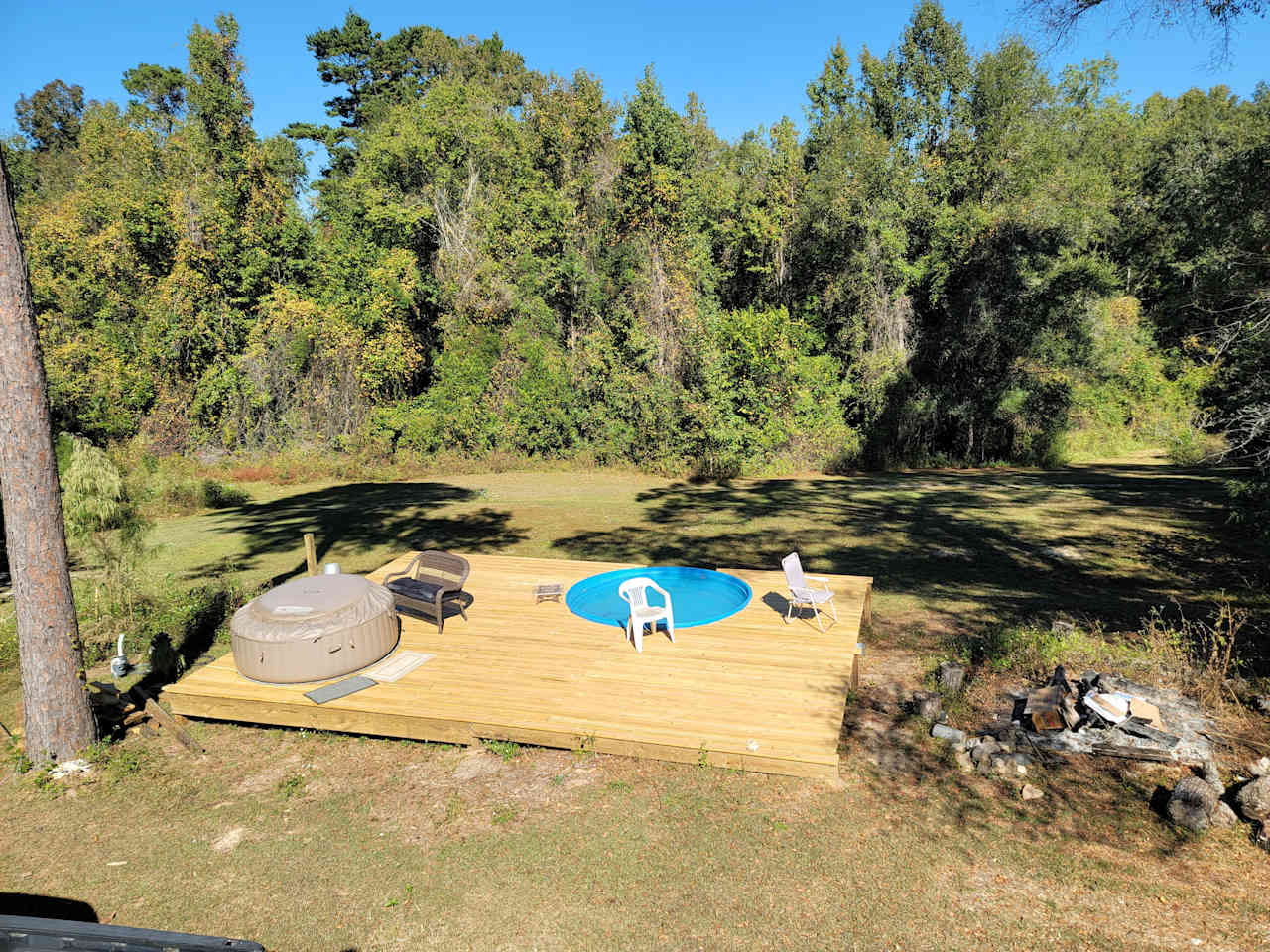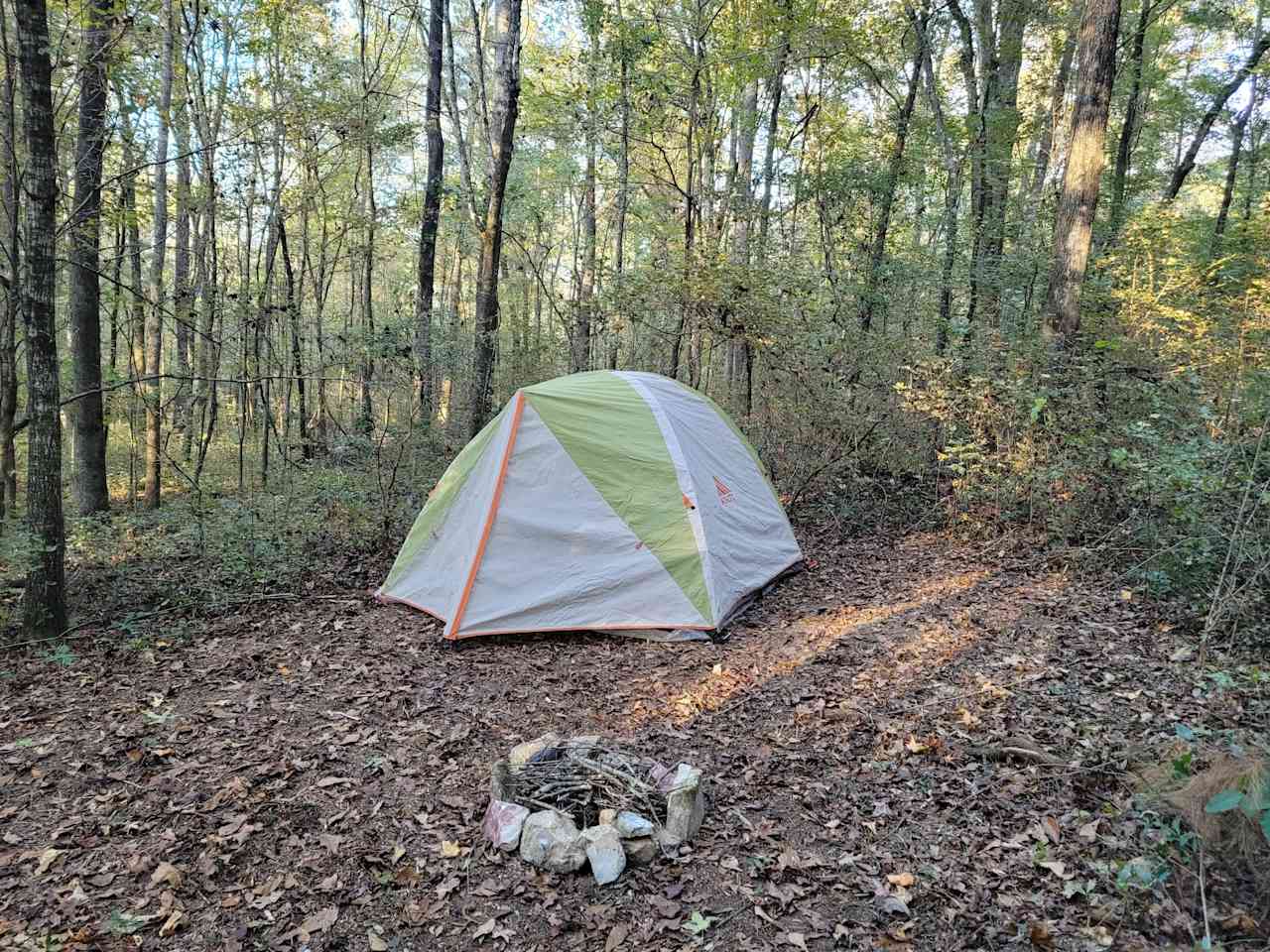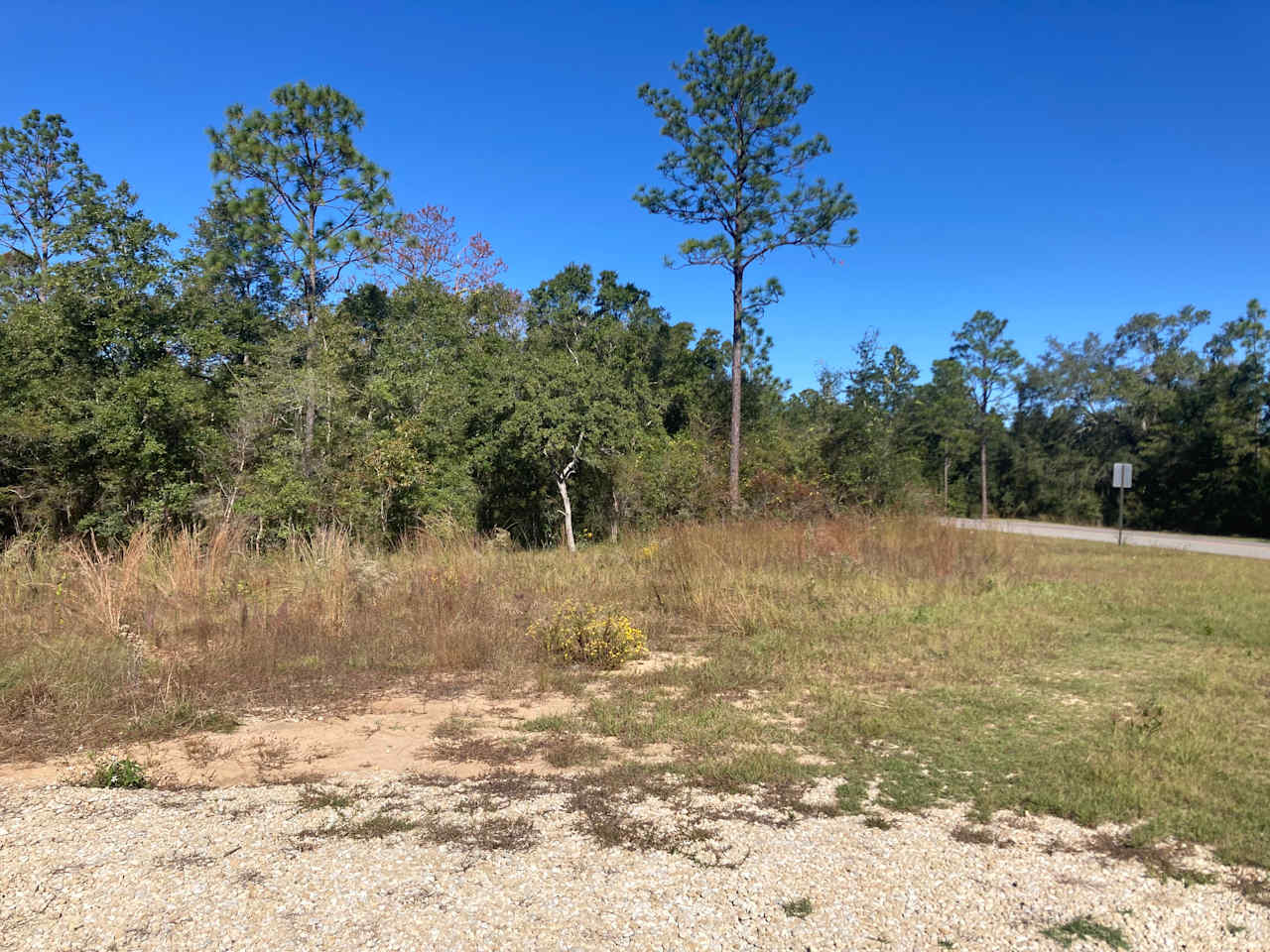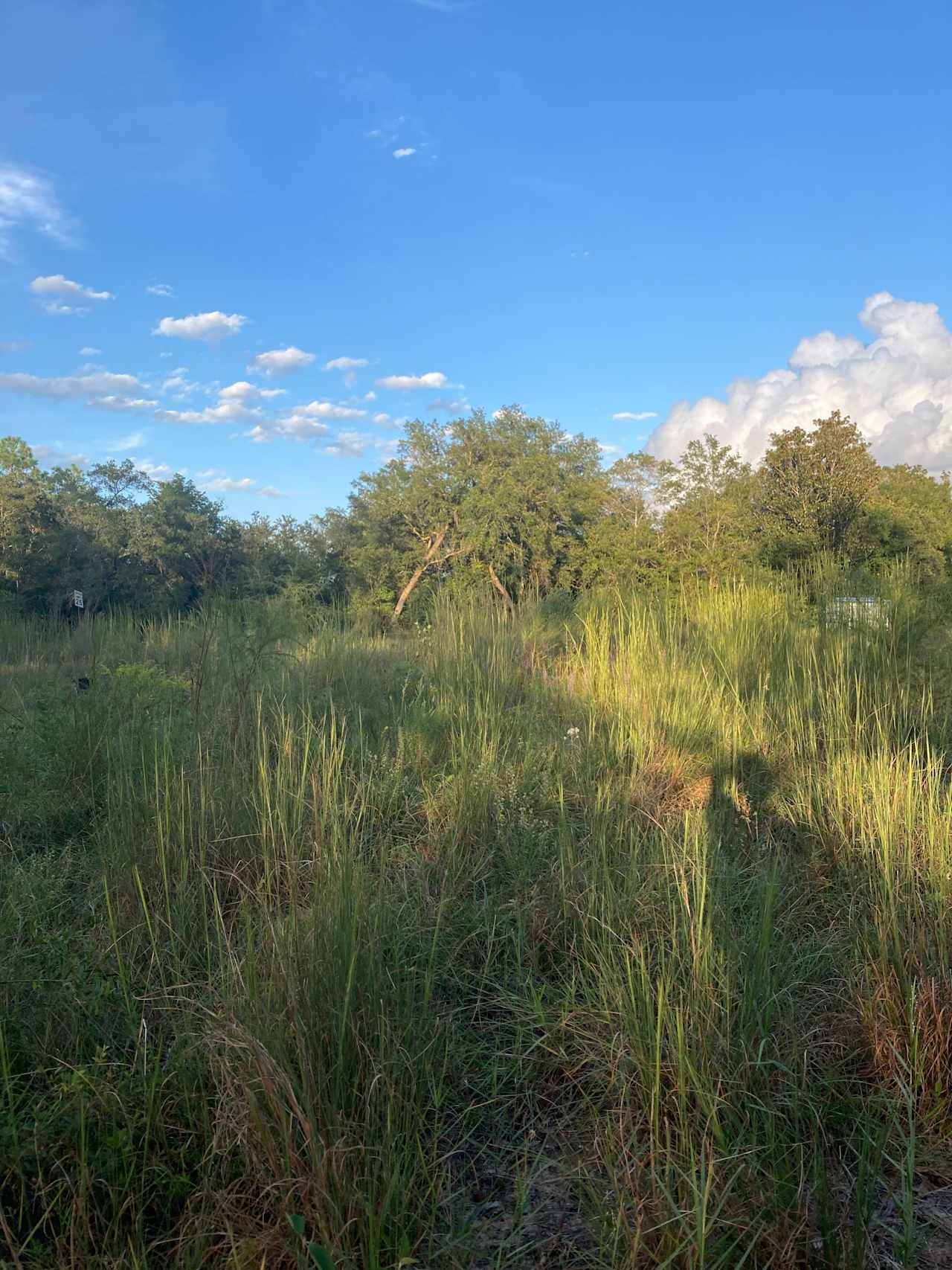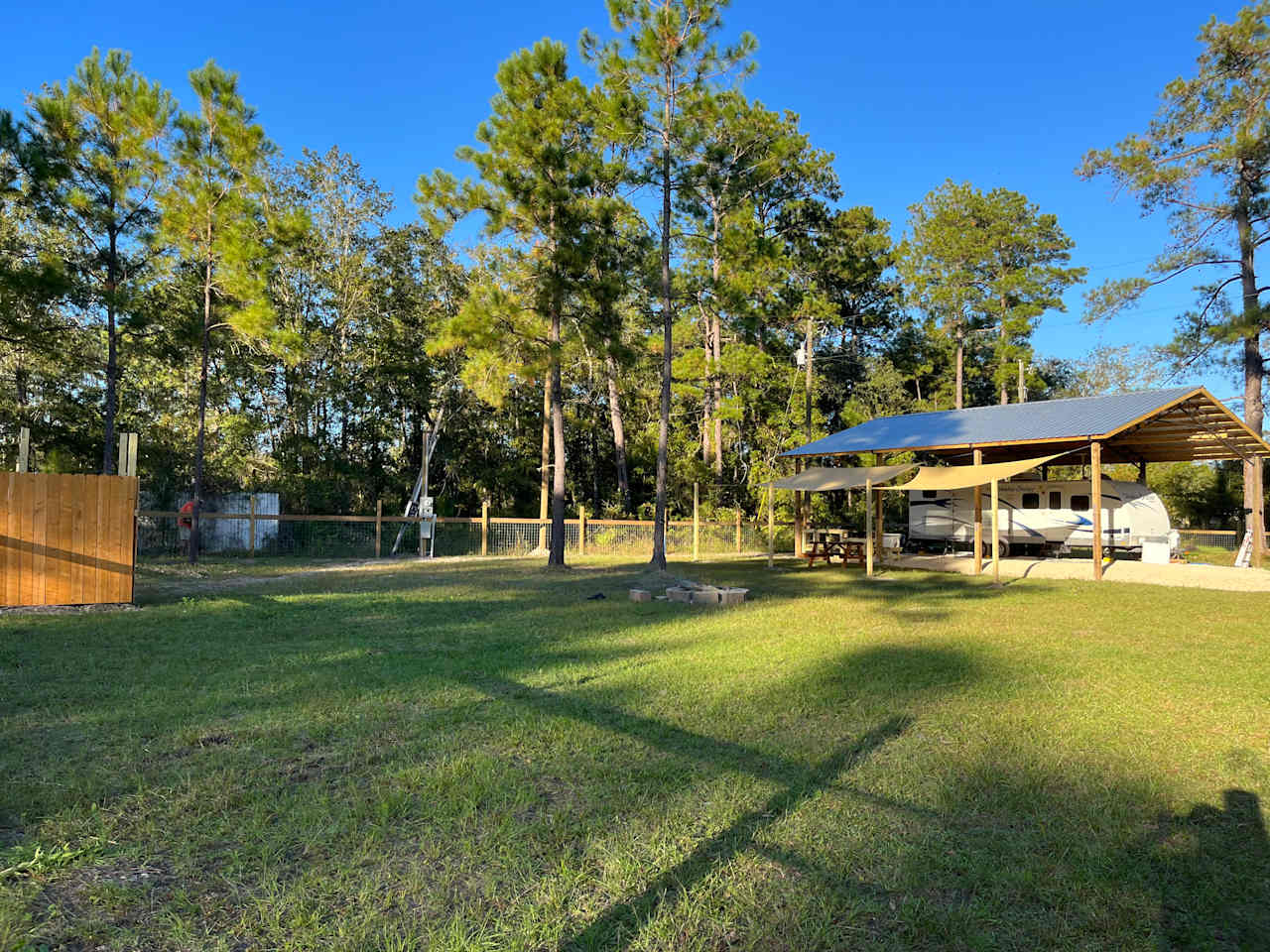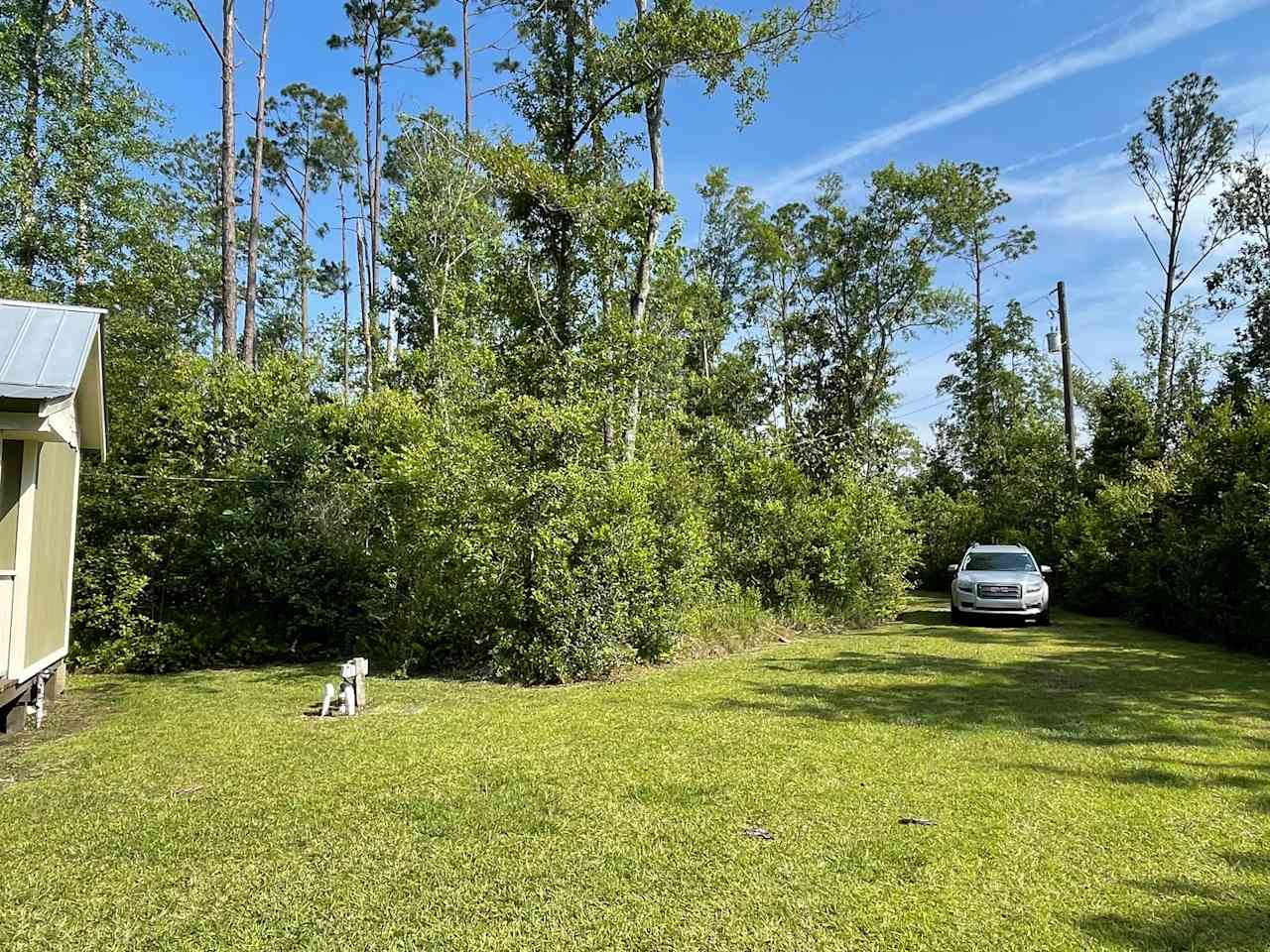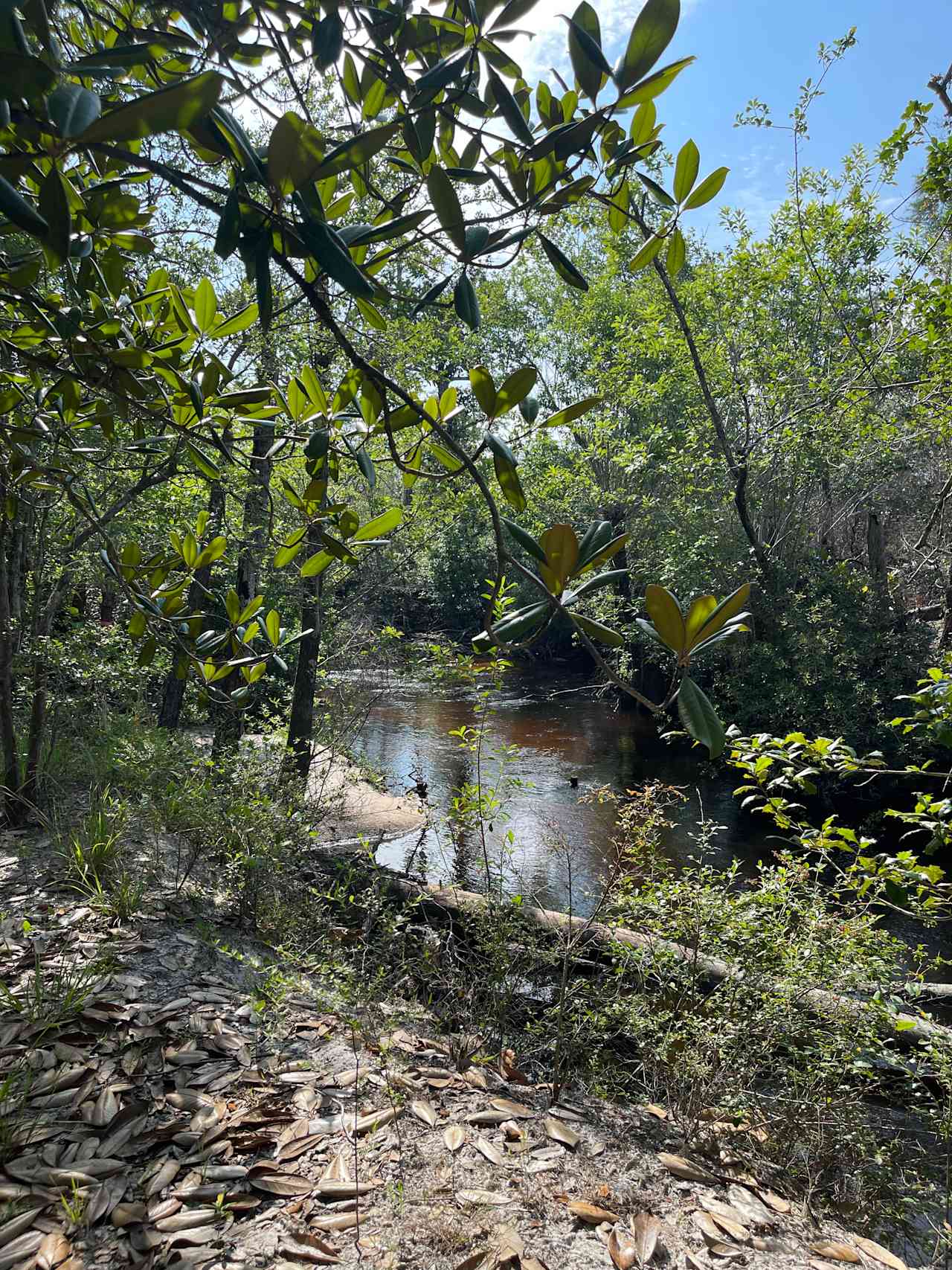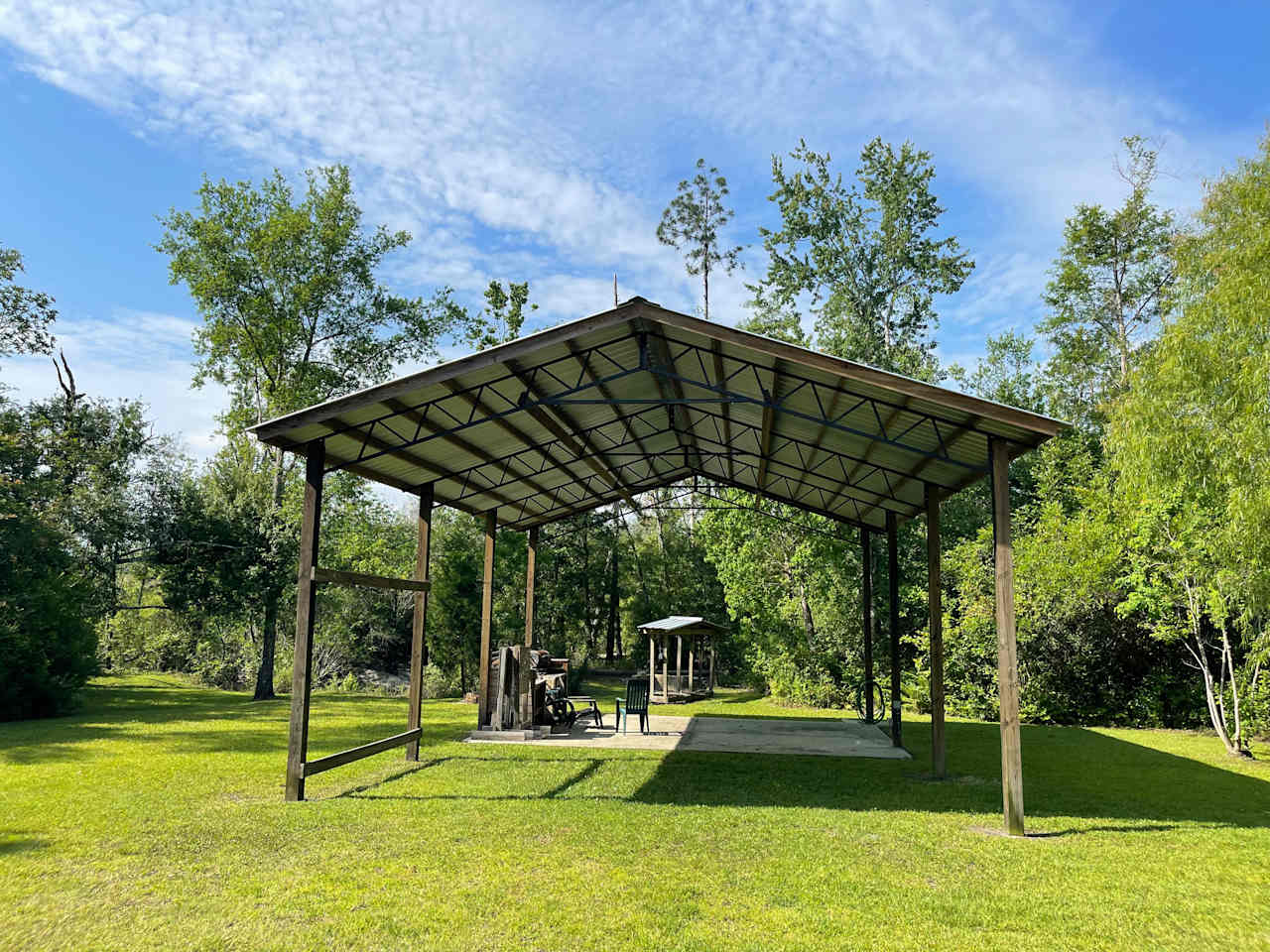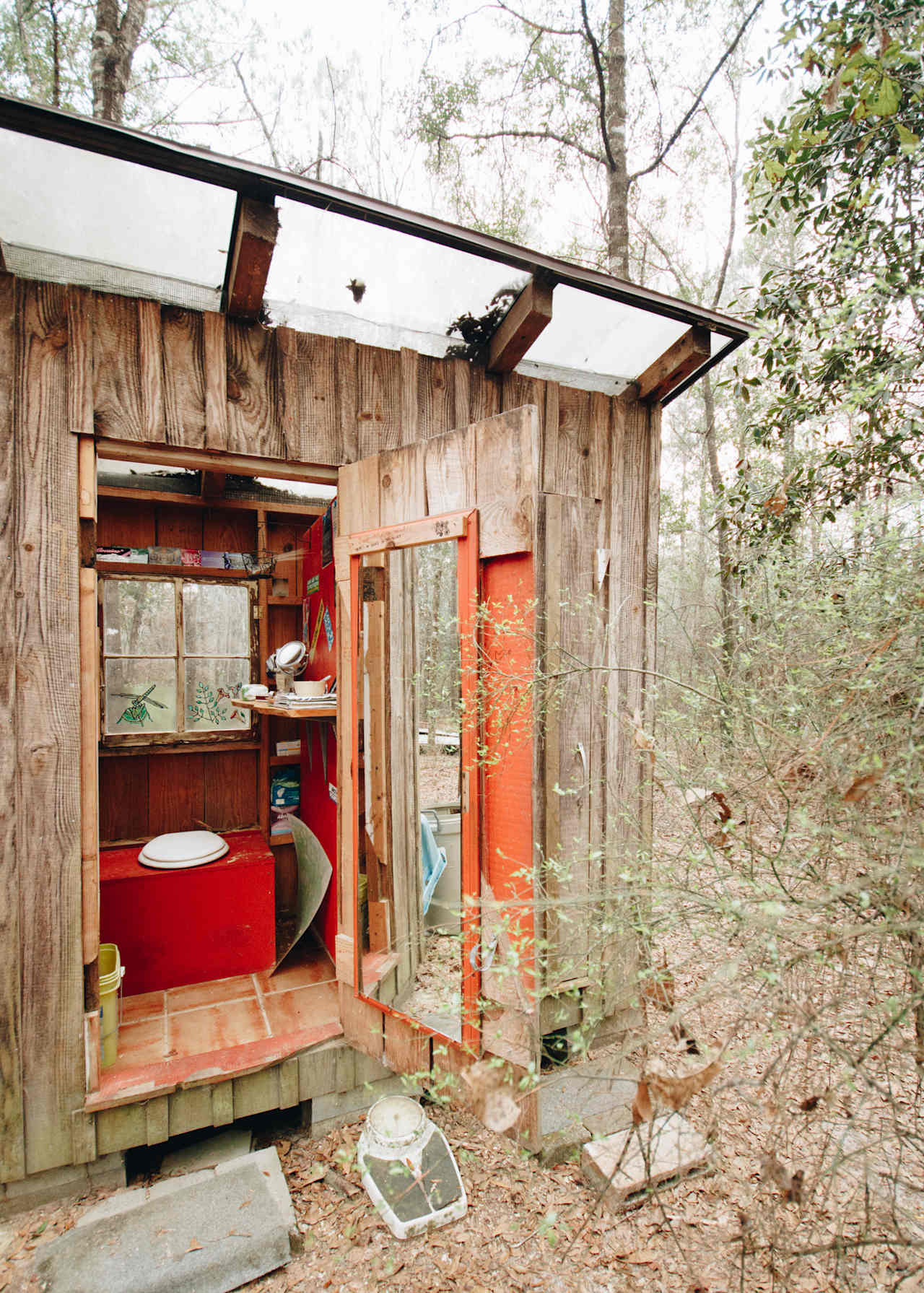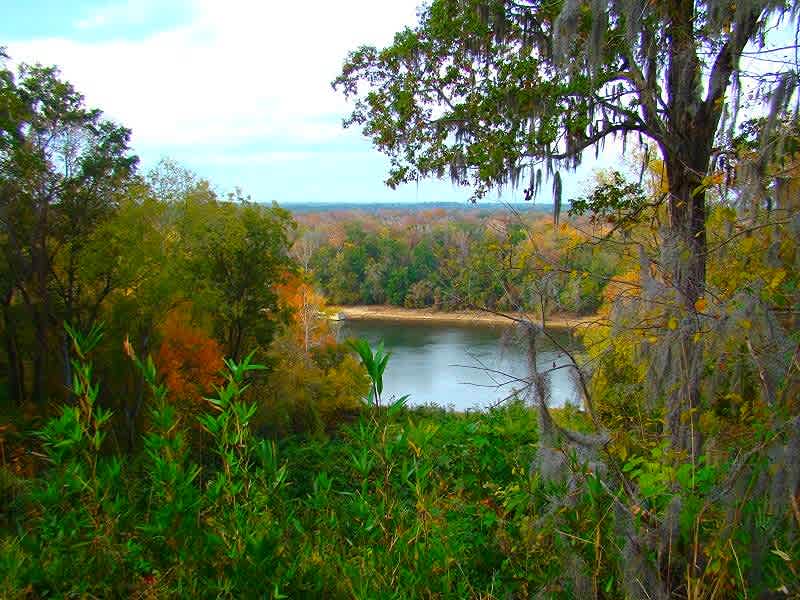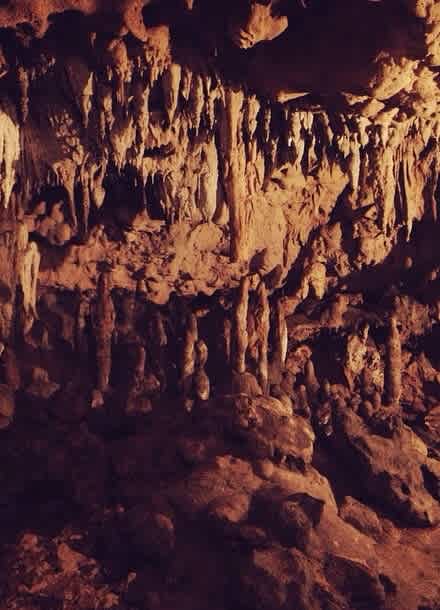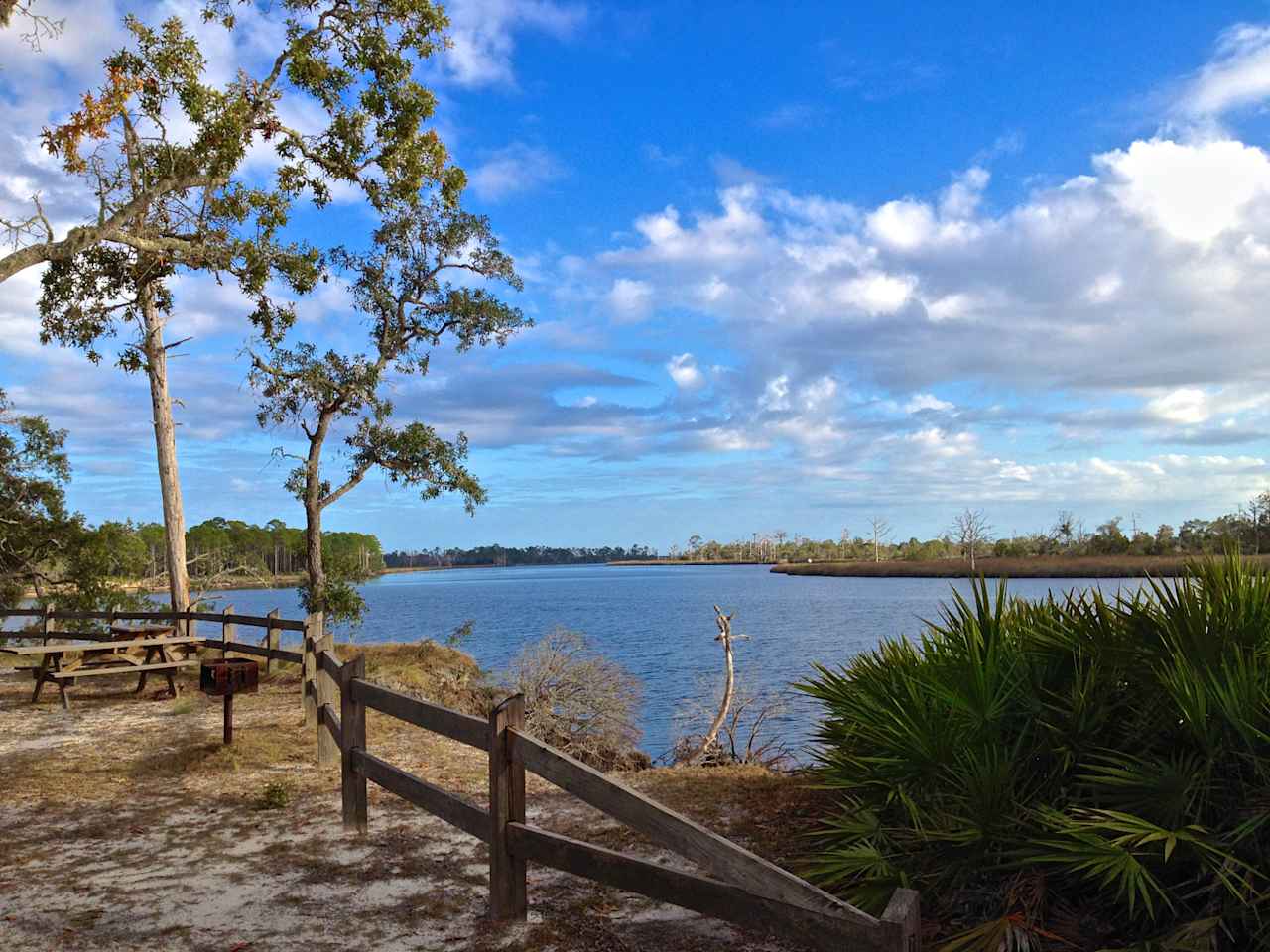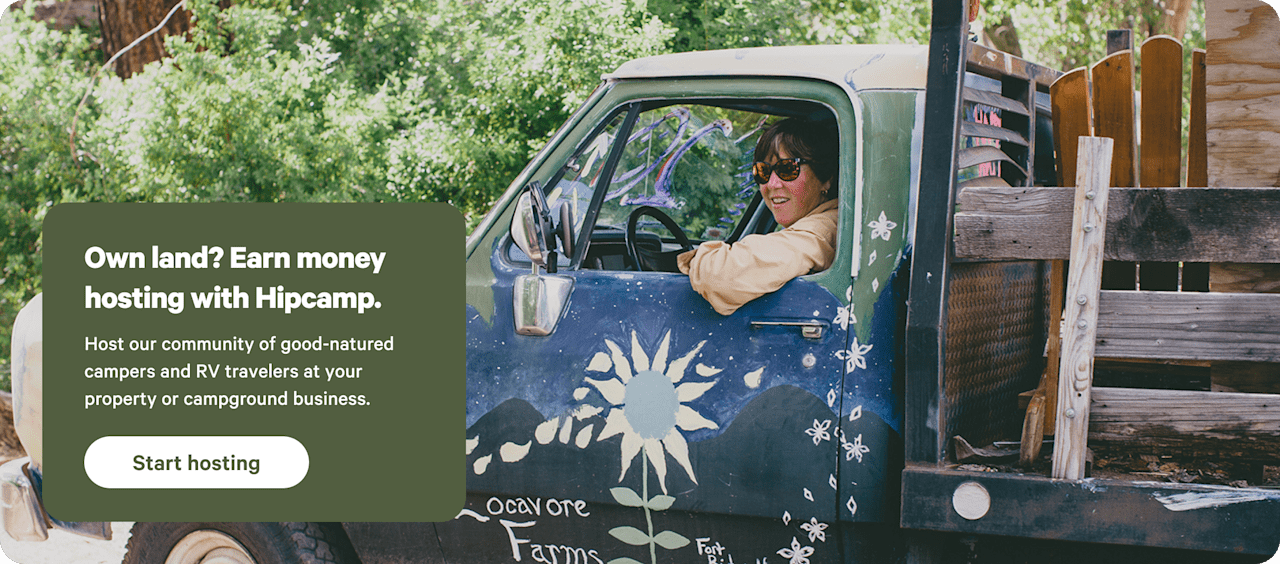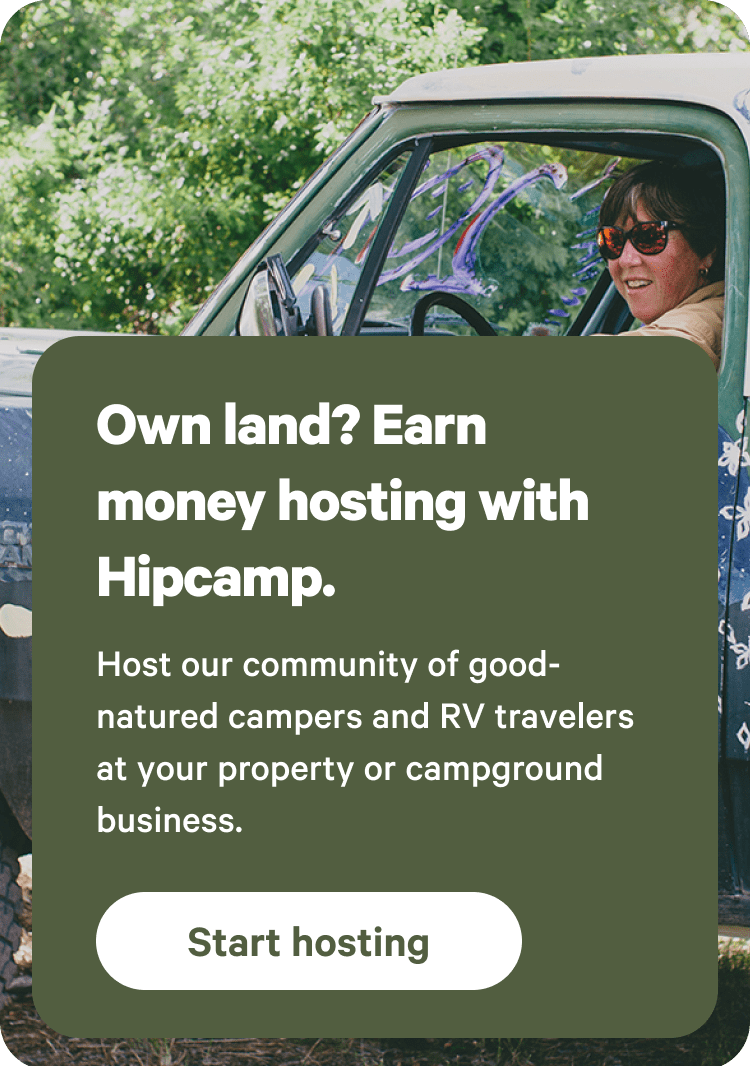1 site · RV, Tent1 acre · Wewahitchka, FLApproximately 1 acre of property with an area of 80x120 fenced and sitting about 80 feet off of the street, located in the eclectic little fishing community of Howard Creek. DOG FRIENDLY! You can put your boat in at the Creek landing just 5 minutes away. Howard Creek is located just 20 minutes from the St Joe Bay for saltwater fishing or access to the Gulf of Mexico, 15 minutes from the Intracoastal waterway access at White City, FL and 35 minutes from the Dead Lakes in Wewahitchka, FL.
Overall flat site partially tucked behind some trees and set back 80 feet off of the sand street. Well water hookup, septic capabilities with macerator only, electric with 30 and 50 amp at the box on the pole (approx. 100 feet from primary parking spot, depending on where you choose to park) or 30 amp at the parking spot, corner of pole barn. COLD water shower and cold water sink available. Fish cleaning station with hose. There is a pole barn on the property with our camper stored under it. You're welcome to use the remaining space under the pool barn for your leisure, approximately 20x35 ft. There's a picnic table under it, a basic food prep area with a sink, a place to put a countertop grill and a cooler. The griddle and the cooler in the photos are NOT included. Three 110 electric outlets available under pole barn. There are posts installed for shade clothes to be put up to extend the shaded area. There are 2 shade clothes there for your use. There is a fit pit on the property, bring your own wood. Be mindful of any burn bans!
We're dog people! Your dogs are welcome but must never be left out unsupervised while you're away from the property. We do have some wonderful neighbors and do not want to disturb them with excessive barking. There is a waste clean up station for your convenience, please ensure all dog waste is picked up and removed. There are dog beds under our camper and you're welcome to use them provided you care for them properly, hose them off and return them to their storage location. If your dog digs, please fill in the hole completely.
Currently a pack in pack out location. If you're staying for 3 weeks or more, we'll turn on garbage service.
There are security cameras present on the property.
This is a wonderful "Forgotten Coast" region of the Florida panhandle with so much to see and do within minutes. This resiliant area took a direct hit from Hurricane Michael in 2018 and has worked hard at recovery, with so much rebuilding and growth over the last few years.
Howard Creek is an eclectic little fishing community made up of a variety of residents from weekend fishers, summer or winter visitors and full time residents. This little golf cart community offers a small general store, a small community church, a volunteer fire department and two landings to put your boat in. They often host fishing tournaments and the occasional live music around a fire on the weekends.
Just 20 minutes from the quaint little beach town of Port Saint Joe, Florida. PSJ is known for its warm, welcoming people, old world Florida feel, dog-friendly beaches, Cape San Blas and Indian Pass. Many locally owned wonderful restaurants, bakeries and shops. It's easy to find a charter out of PSJ if you're interested in fishing! They're on Eastern Time in PSJ so don't get confused when your phones and watches bounce back and forth. If you keep driving down the coast you'll find Apalachicola just 40 minutes from our camp site. Another wonderful fishing community full of great eateries, shops and world famous for their oysters! If you leave our site and head north, you're just 35 minutes from the Dead Lakes in Wewahitchka; some gorgeous old Florida natural views and fresh water fishing; bream, large mouth bass, crappie, shellcracker and catfish.
On up the road another, just 30 minutes past Wewa and you've reached Panama City, if you're looking for the hustle and bustle of a big beach town.
Just a reminder - this is Florida and the wildlife is plentiful from snakes, birds and armadillo to alligators, raccoons and the occasional bear. Be mindful and respectful of the creatures that call this area home.
Pets
Potable water
Campfires
Showers
